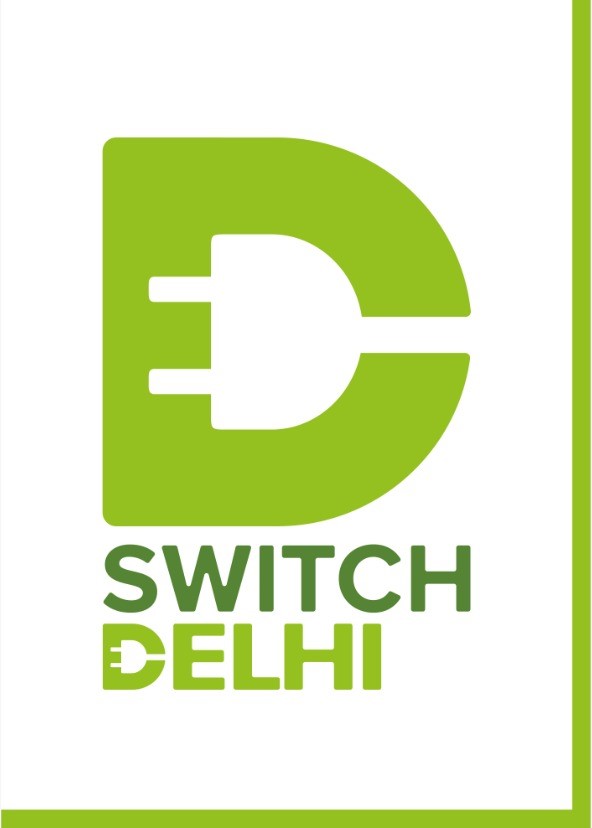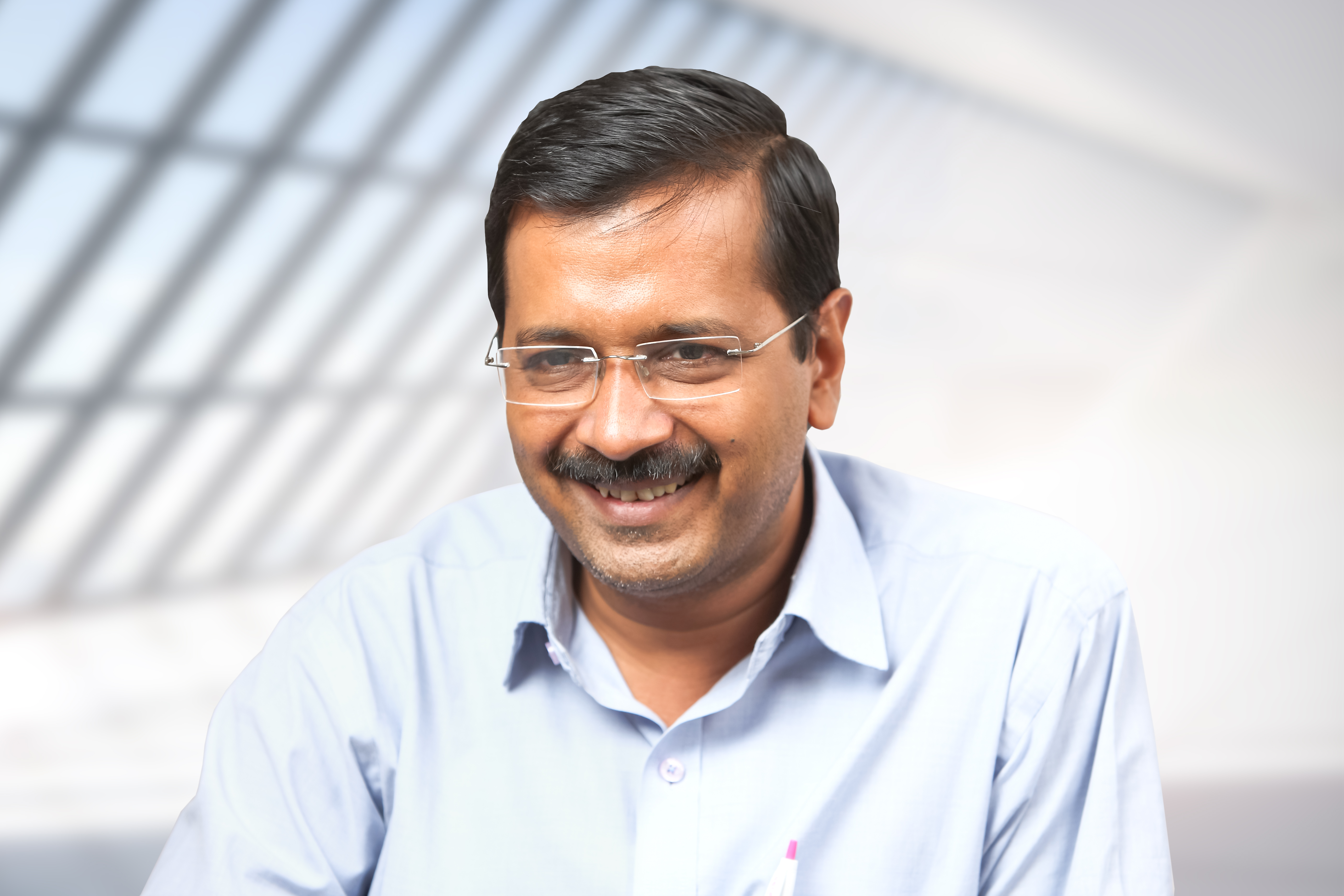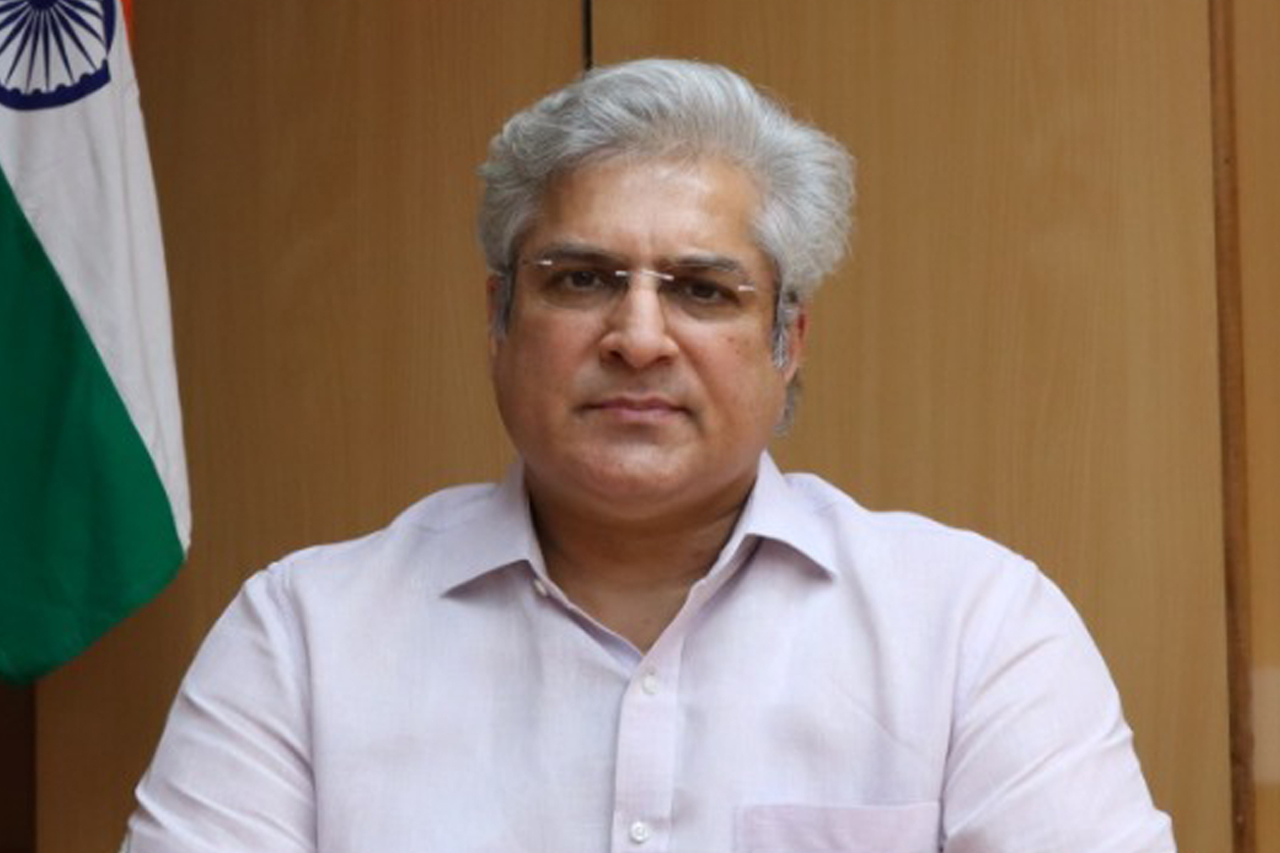14 March, 2022
Switch Delhi - Reining in vehicle aggregators
Dimpy Suneja & Ashish Kundra
The Delhi Govt’s move seeks to establish a fair and transparent ecosystem that assures reliable, affordable and sustainable mobility solutions
The Delhi Government has initiated a public consultation for establishing a regulatory framework for vehicle aggregators. The umbrella scheme covers e-commerce, last-mile connectivity, food delivery, and ride-hailing service companies. This follows on the heels of another environmental directive, which mandates a phased electric transition for fleet aggregators.
The announcement has sparked a debate around the need for regulating an essentially market-driven operation. Environmentalists and citizens have hailed the move, as it would help reduce vehicular pollution, which peaks each winter. It is important to clear the air and understand the raison d’etre of this initiative in the capital.
Smartphone revolution
Over the last decade, digital intermediaries have piggybacked on the smartphone revolution to galvanise urban mobility. Nearly 800 million Indians access the internet. Two-thirds of these are based in urban conglomerates, of which, 97 per cent are wireless. Fleet aggregators have created mobile app based digital interfaces, which have created a new dynamic in logistics and mobility.
The impact is most palpable in million-plus cities, though tier 2 and tier 3 cities are not far behind. Resultantly, the on-road fleet has seen an exponential increase. On-demand passenger mobility service providers are estimated to operate over one lakh vehicles in Delhi. If the two-wheelers and three-wheelers engaged for last-mile deliveries are added, these numbers are substantially higher.
Vehicular pollution
The need for regulation is evident, not just for addressing the ever-growing problem of vehicular pollution but also for setting quality benchmarks. Digital intermediaries serve as bridges between driver-partners (typically gig economy workers) and customers. Most companies such as Ola and Uber usually don’t own their own vehicle fleet, but aggregate individual owners on a technology platform. In other variants, companies (such as Zomato, Swiggy, and Amazon) contract fleet aggregators or individual owners.
Start-ups like Blu Smart operate 100 per cent electric cabs in Delhi. The catch lies in the economics involved. Entry costs of electric vehicles are still higher than traditional fuel vehicles, even though the gap is narrowing fast. Operating and maintenance costs of electric vehicles are substantially lower. ‘Range anxiety’ of drivers is also cited as an impediment by aggregators. Rapid expansion of public and private charging infrastructure is addressing these concerns.
Service quality
An unregulated market has minimal compliance requirements for quality of service, customer complaint redressal, and pricing. It is only reasonable to ask the aggregator to shoulder some responsibility for the kind of vehicles they are putting on roads. In addition to ensuring vehicular fitness, installation of GPS devices, speed governors, and complying with emission standards, the aggregator must also assure quality service.
Imagine having to pay higher (owing to dynamic pricing) for the ride you booked for a car with a cracked windscreen, a rude driver, and a broken door handle. Ride cancellations and last-minute payment negotiations with drivers are commonplace. Consumers are left with no recourse but to vent their grievances on social media. The new regulations seek to fix this by mandating call centers, helplines, and driver ratings.
A starting point is data sharing of the onboarded fleet with the government. The policy invokes ‘polluter pays’ principles for emission regulation. The idea is not to disrupt a thriving market but to make it sustainable. Targets apply only for new additions to the fleet, with different electric mobility obligations over a year for two-wheelers (50 per cent) and four-wheelers (25 per cent).
In addition to this phased electric conversion of operational fleets, it disincentivises the operation of conventional fuel-based vehicles by adopting differential licensing costs. Vehicles based on petrol/diesel fuel shall be charged higher than the vehicles based on CNG, while the electric vehicles shall not be levied any licence fee. A new element of bike-taxi aggregators has been introduced, provided the fleet is completely electric.
Fare calculation
A level-playing field is sought to be created for all drivers/operators, regardless of whether one has partnered with a digital intermediary or not. The opacity of the fare calculation algorithm adopted by aggregators for ride-hailing services has been a cause of discomfort. Complaints range from predatory pricing to huge price surges.
A number of existing auto-rickshaw drivers who have partnered with an aggregator are rendered at a disadvantage as they are bound to levy only government notified tariffs, while aggregator(s) have assumed the leeway to charge much higher. The new rules stipulate price caps — twice of notified rates for a market-driven surge.
All cabs have obligations for passenger safety features including GPS tracking. The draft scheme proposes the establishment of a command and control center that would allow real-time tracking, and help police authorities in case of notifications of crime or accidents. This is crucial for addressing concerns about women’s safety.
The digital marketplace has revolutionised the way citizens shop and move. A prolonged pandemic, over a two-year period, has accelerated the demand for digital solutions. Undeniably, this industry has been instrumental in creating significant job opportunities and is a great disruptor of the job market, especially for aspirational youngsters with limited means at their disposal. Its growth and expansion are inevitable, given the rapid advancements in digital networks and penetration of smartphones.
The regulatory guidelines put out for public consultation draw from the international best practices of cities around the world. The spirit behind the guidelines is to establish a fair and transparent ecosystem that assures reliable, affordable, and sustainable mobility solutions. It also seeks to give a gentle nudge for a quicker switch to zero emission vehicles.
Ashish Kundra is Principal Secretary Transport, GNCT of Delhi, and Suneja is Consultant, RMI India. Views are personal








